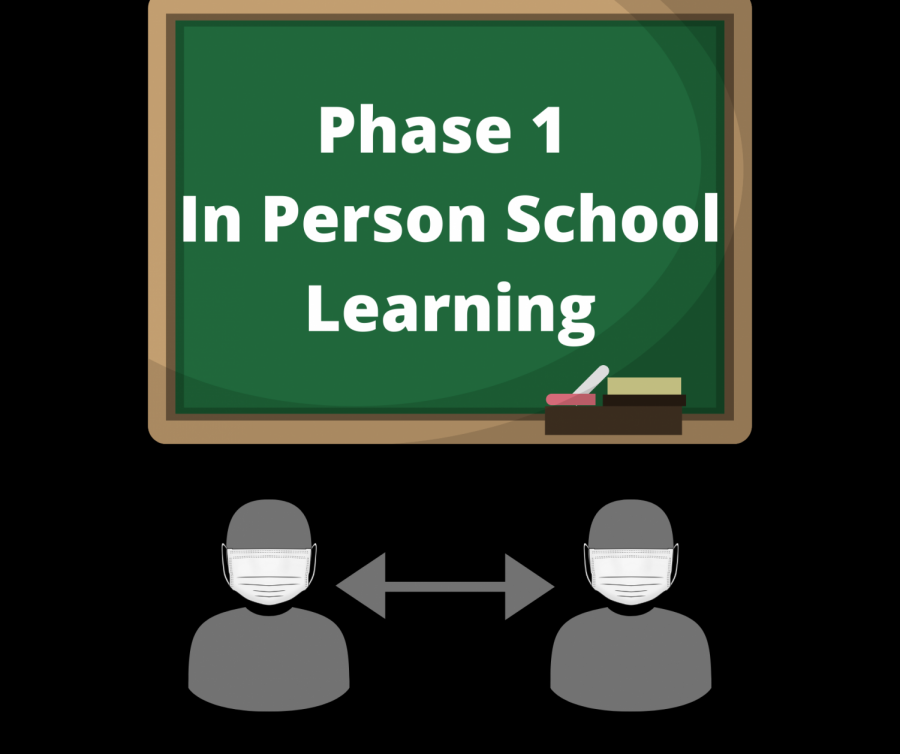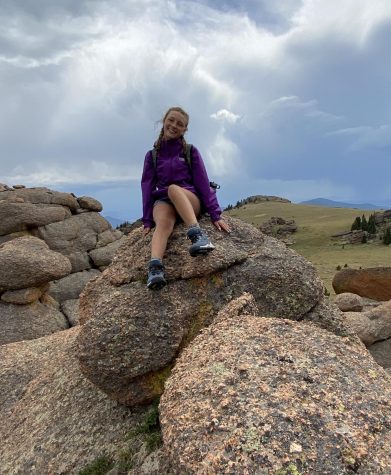Phase One Sparks Controversy
March 29 students resumed five day per week instruction. Different students and teachers shared their opinions, one teacher, Mr. Patrick said, “Any time that you see some type of major change you are going to see anxieties raise, and so initially you will see some people rather anxious and upset…we’re going to be able to get over that, and it’s going to take a bit of time.”
April 5, 2021
On March 29, 2021, Pattonville High School resumed five day per week instruction for the first time in over a year. While some viewed the move to Phase One as positive, others expressed concerns.
Junior Loudin Cato started a petition for students to share their opinions and vote on whether or not they wanted to go back to five days per week. The petition got 500 signatures.
That week, he attended the Board meeting and submitted to get his five minutes to talk and bring up concerns. The Board addressed the issue in closed session. “The board didn’t realize how the students felt about it,” said Cato.
At the end of the week, Cato and Jailah Broadway met with superintendent Dr. Pecoraro about the issue. He answered their questions about reasoning and implementation of safety protocols, and he presented information from area doctors and the health department to help allay their concerns.
Dr. Pecoraro also said that he and the Board of Education would implement the A, B, and C day schedule instead of all A days until the end of the year.
Initially, students who signed the petition expressed worry about the spread of the virus and about the ability to social distance.
While some students are anxious, others are excited to get back to a sense of normalcy, including junior Bryant Ewing. “It’s normal… I’d give anything to get back a sense of normalcy, and connection with my classmates,” said Ewing.
After being online for so long, students have not been able to see half of their class in over a year. “I think it will be nice to have some sort of structure with five days a week,” Cato said.
Students’ sleep schedules have been altered, as well. Since they only have had to get up early twice a week, going back five days adds more structure.
Some teachers also expressed excitement about potentially returning to normal. “There are so many things that I had to put on the back burner just because I can’t and don’t have the time,” said Mr. Patrick, social studies teacher.
“Any time that you see some type of major change, you are going to see anxieties rise, and so initially you will see some people rather anxious and upset…we’re going be able to get over that, and it’s going to take a bit of time,” said Mr. Patrick.
Some students thrive with asynchronous days and others need the one on one attention, Patrick points out. “We have had the most Fs we’ve ever had this year but also the most As we’ve ever had.”
Many students are concerned about the shock of being sent back to fully in person with little time left in the semester. “I feel like most of us have already gotten into a groove with the hybrid schedule and switching everything up again could just make our situation worse,” said junior Keilah Wilkes. “Asynchronous days are literally the reason I’m making it in some classes this year.”
The asynchronous days were important to senior Chandler Fajardo, as well. “Hybrid days allow students to have a more chilled out work day during the asynchronous days and I know that many students could really use these mental breaks for the sake of their mental health which is just as important as their physical health,” said Fajardo.
Surrounding discussions of risk are also discussions of students’ mental health. Being in the midst of a global pandemic and having to keep up with two in person days of school has been a stressor, and going back five days may put more stress on students.
Everyone wants to get back to normal life, but many students worry this isn’t the right time and may be too soon. “I get people want to go back to normal, but I think we need things to clear up more before we have a decision like that,” said sophomore Joseph Mackenburg.
Many students took advantage of the asynchronous days and started working. “I have friends that work schedules are already created so they might have to miss school because they won’t be able to take off,” said Cato. He also expressed worry over timing since returning to five days immediately after spring break would include students that had been traveling.
Now that the first two weeks have passed, students and administration have figured out new ways to help quickly identify cases of potential exposure, quarantining either classes or rows based upon seating charts and projected distances. As students settle back into the routine, another grading period draws to a close, with only one more to go.


